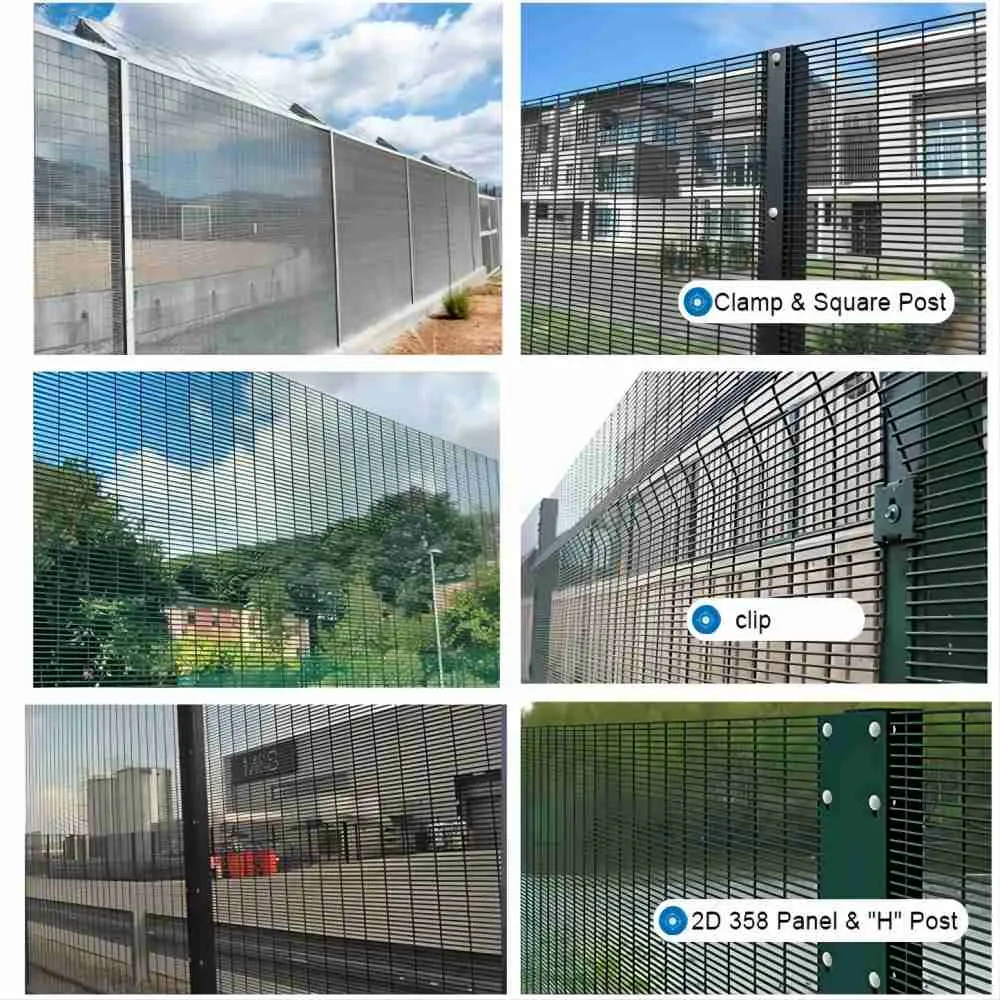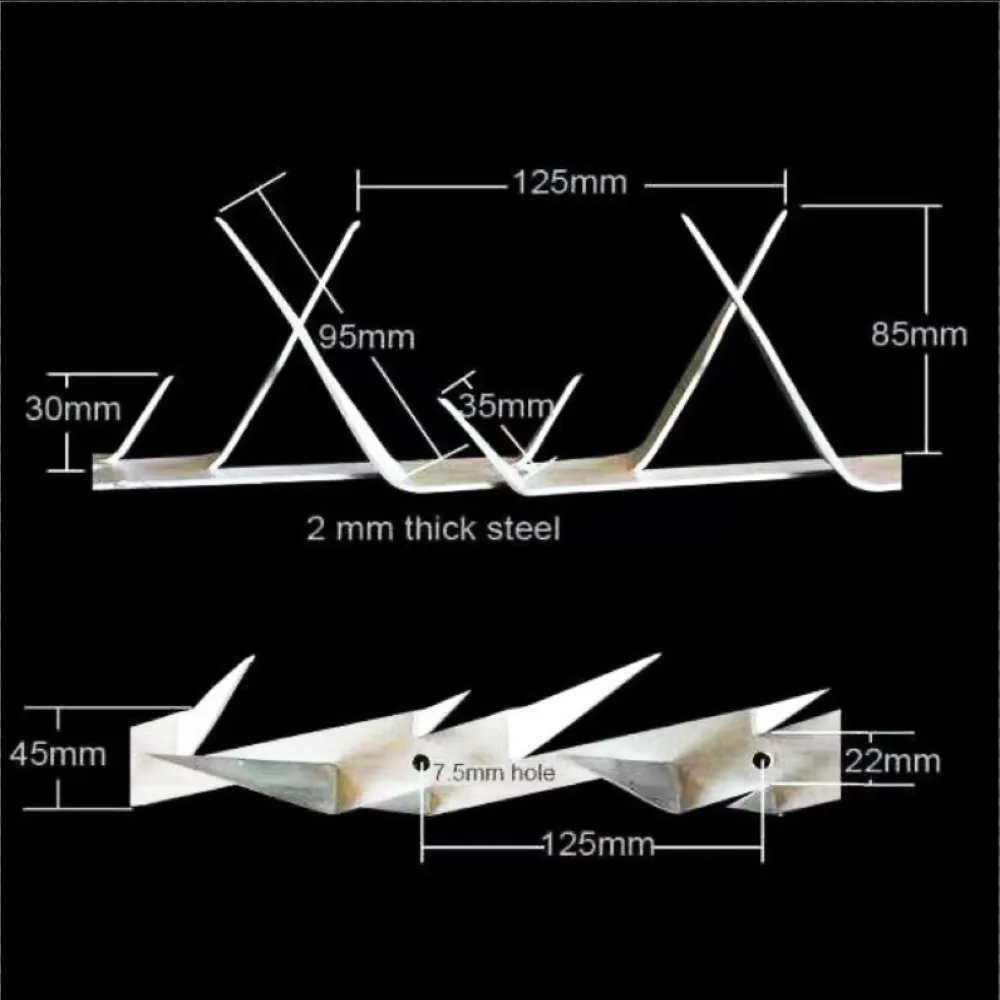Januari . 22, 2025 04:17
Back to list
Welded Wire Mesh
In the realm of construction and infrastructure projects, the selection of materials can significantly influence the longevity and resilience of the structures being built. Among these essential materials is the welded wire fabric, a vital component in concrete reinforcement. Selecting the appropriate welded wire fabric sizes is crucial for both the integrity and success of any construction project.
- Driveways and Parking Lots These typically require a medium gauge wire with a moderate grid spacing to withstand vehicle weight and environmental wear. - Foundations and Basement Walls Heavier gauge wire with tighter grid spacing is ideal, as it provides the necessary tensile strength to support vertical loads and resist lateral earth pressures. - Infrastructure Projects (Bridges, Overpasses) These necessitate the highest level of reinforcement. Thus, a thick gauge with minimal grid spacing is chosen to resist both dynamic loads and static pressures. The Authority of Standards and Specifications Adherence to industry standards and specifications is paramount in choosing the right welded wire fabric size. Institutions like the American Society for Testing and Materials (ASTM) provide comprehensive guidelines to ensure that materials meet the requisite performance criteria. These standards cover aspects such as material properties, testing methods, and dimensions, imparting confidence in the structural integrity and safety of the construction. Moreover, consulting with structural engineers and material experts can offer bespoke solutions tailored to the unique demands of any given project. Their expertise ensures compliance with local building codes and maximizes the material's effectiveness, further guaranteeing a successful and durable outcome. The Trust Factor Reliability and Quality Assurance Selecting high-quality welded wire fabric from reputable manufacturers is non-negotiable. Inferior products risk the safety of the entire structure, leading to potential failures and costly reconstructions. Thus, manufacturers should have transparent quality control measures and provide certifications that validate the strength, durability, and reliability of their products. Expert Insights and Real-World Experiences Professionals in the field often emphasize the importance of real-world testing and simulations. Experienced engineers and contractors sometimes engage in pilot studies or experimental projects to evaluate the performance of different welded wire fabric sizes in situ. These insights are invaluable, providing data that informs future decision-making and reinforces the empirical knowledge base. In conclussion, understanding and selecting the correct welded wire fabric sizes are essential for any successful construction endeavor. By considering wire gauge, grid spacing, and adherence to industry standards, project leaders can ensure the structural fidelity and longevity of their builds, ultimately contributing to a resilient and dependable infrastructure.


- Driveways and Parking Lots These typically require a medium gauge wire with a moderate grid spacing to withstand vehicle weight and environmental wear. - Foundations and Basement Walls Heavier gauge wire with tighter grid spacing is ideal, as it provides the necessary tensile strength to support vertical loads and resist lateral earth pressures. - Infrastructure Projects (Bridges, Overpasses) These necessitate the highest level of reinforcement. Thus, a thick gauge with minimal grid spacing is chosen to resist both dynamic loads and static pressures. The Authority of Standards and Specifications Adherence to industry standards and specifications is paramount in choosing the right welded wire fabric size. Institutions like the American Society for Testing and Materials (ASTM) provide comprehensive guidelines to ensure that materials meet the requisite performance criteria. These standards cover aspects such as material properties, testing methods, and dimensions, imparting confidence in the structural integrity and safety of the construction. Moreover, consulting with structural engineers and material experts can offer bespoke solutions tailored to the unique demands of any given project. Their expertise ensures compliance with local building codes and maximizes the material's effectiveness, further guaranteeing a successful and durable outcome. The Trust Factor Reliability and Quality Assurance Selecting high-quality welded wire fabric from reputable manufacturers is non-negotiable. Inferior products risk the safety of the entire structure, leading to potential failures and costly reconstructions. Thus, manufacturers should have transparent quality control measures and provide certifications that validate the strength, durability, and reliability of their products. Expert Insights and Real-World Experiences Professionals in the field often emphasize the importance of real-world testing and simulations. Experienced engineers and contractors sometimes engage in pilot studies or experimental projects to evaluate the performance of different welded wire fabric sizes in situ. These insights are invaluable, providing data that informs future decision-making and reinforces the empirical knowledge base. In conclussion, understanding and selecting the correct welded wire fabric sizes are essential for any successful construction endeavor. By considering wire gauge, grid spacing, and adherence to industry standards, project leaders can ensure the structural fidelity and longevity of their builds, ultimately contributing to a resilient and dependable infrastructure.
Share
Latest news
-
Top Applications of Welded Wire Sheets in Industrial SettingsNewsJul.07,2025
-
Top Applications of Galv Wire in Construction and AgricultureNewsJul.07,2025
-
Smart Chicken Mesh Innovations in Poultry Wire for Future FarmsNewsJul.07,2025
-
Global Market Trends for Iron Wire and Wiring SuppliesNewsJul.07,2025
-
Factors Influencing Steel Mesh Price and Manufacturer SelectionNewsJul.07,2025
-
Applications of Welded Wire Fabric in Construction and IndustryNewsJul.07,2025




